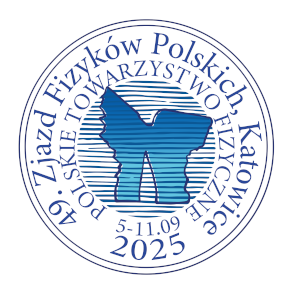Speaker
Description
In mammalian cells, the meters-long genome is confined and protected by the micron-scale cell nucleus. Notably, the nucleus is a mechanically sensitive compartment that mediates how external forces influence chromosomal organization. Chromatin, particularly transcriptionally inactive heterochromatin, is key in resisting nuclear deformation. However, heterochromatin’s phase separation inside the nucleus and its polymer physical properties that affect the force response and transmission of the nucleus are now known. To investigate how heterochromatin contributes to nuclear mechanical resilience, we employed polymer physics simulations of a nucleus model calibrated with micromechanical measurements and chromosome conformation capture data. Our findings reveal that tethering of heterochromatin to the nuclear boundary is essential for transmitting mechanical forces into the chromatin network and causing an excessive elastic response. In contrast, affinity-based interactions that may promote phase separation of chromatin do not significantly impact nuclear stiffness in our simulations. Under mechanical strain, gel-like (crosslinked) peripheral heterochromatin can absorb the stress and deform, while the more fluid euchromatin in the nuclear interior remains relatively unaffected. These results suggest that heterochromatin’s mechanical properties and spatial organization can govern nuclear elasticity and mechano-sensing by enabling physical coupling between external forces and the internal chromatin landscape.

